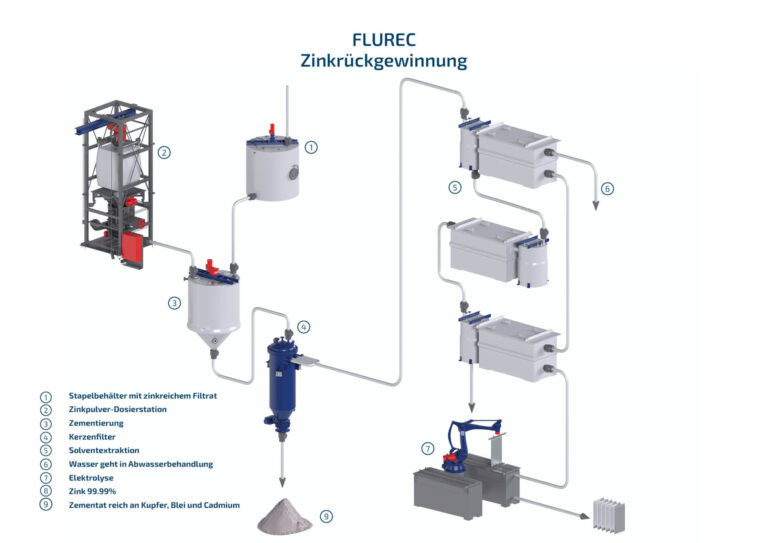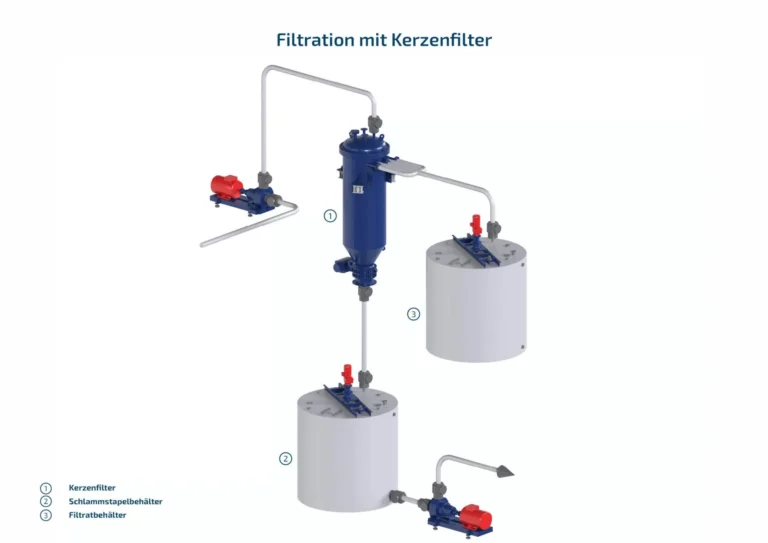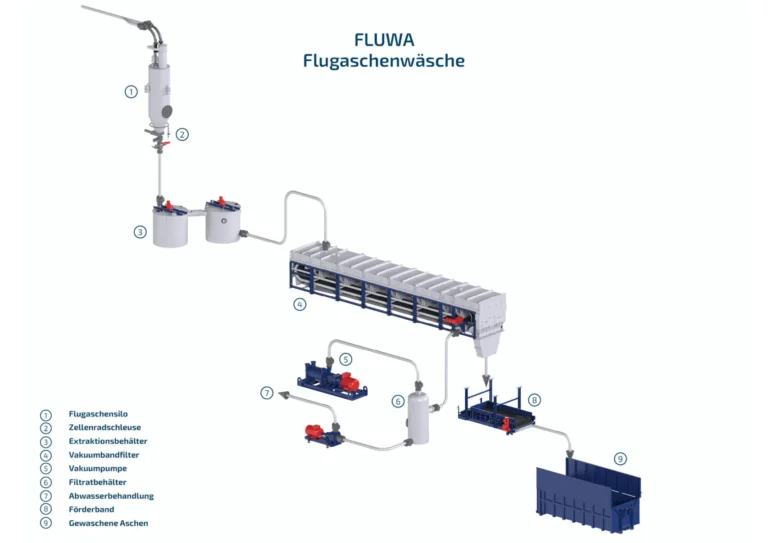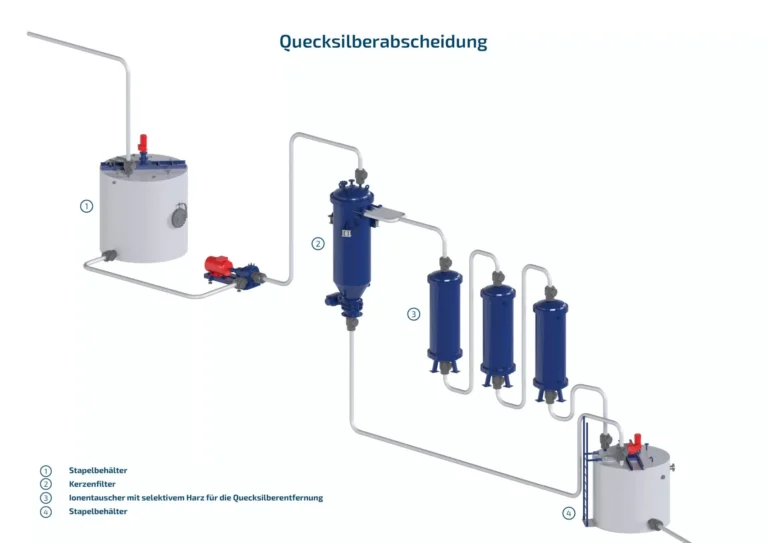Waste water treatment
Hydroxide sludge is dewatered using filtration systems and, after wastewater treatment, can be returned to the process cycle or to surrounding waters.
Waste Water Treatment (WWT)
The waste water streams produced in a waste incineration plant must be cleaned so that they can either be discharged directly back into the environment or sent to a public sewage treatment plant.
One of the goals of cleaning waste water in a waste incineration plant is therefore to separate out the heavy metals contained in the waste water and return them to the recycling economy.
The resulting hydroxide sludge is dewatered via filtration systems and, in the case of a previous FAW process, fed to a metal works as a secondary raw material for zinc production.
The residual separation of heavy metals is carried out by downstream selective ion exchangers, which result in wastewater free of suspended solids and heavy metals that meets all the requirements of the Swiss Water Protection Ordinance and can be discharged into receiving waters without any problems.
Downloads
The impressive technology behind the ABA using the ERZ as an example
Your specialist for residue and waste water treatment
To the references
FAW and WWT for waste inceneration
Memberships
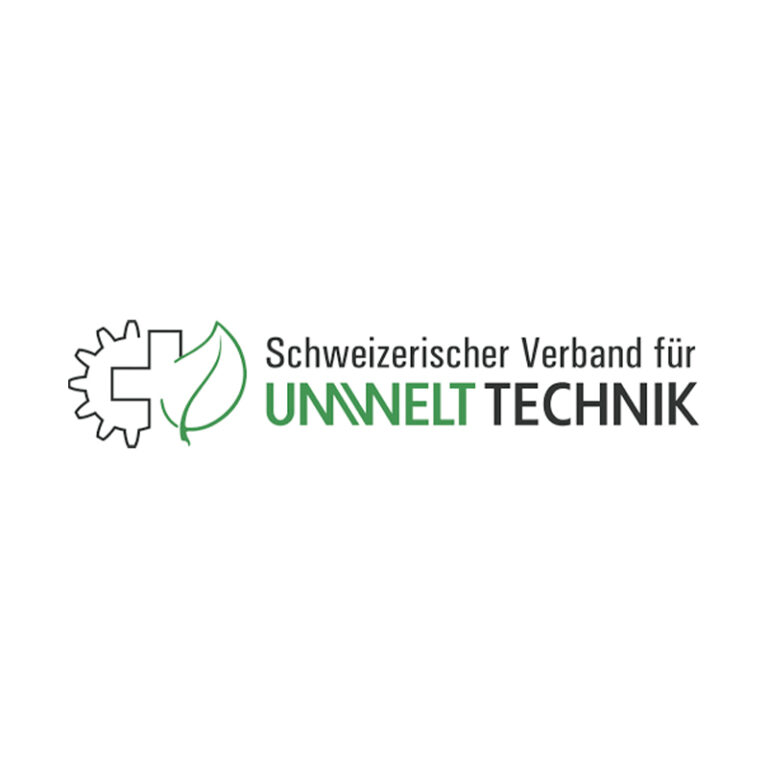
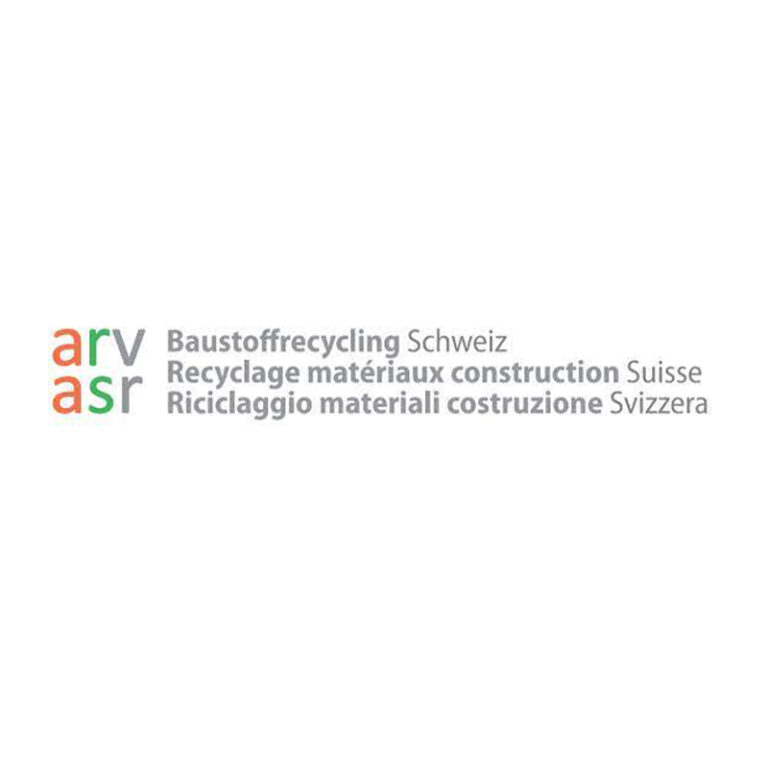

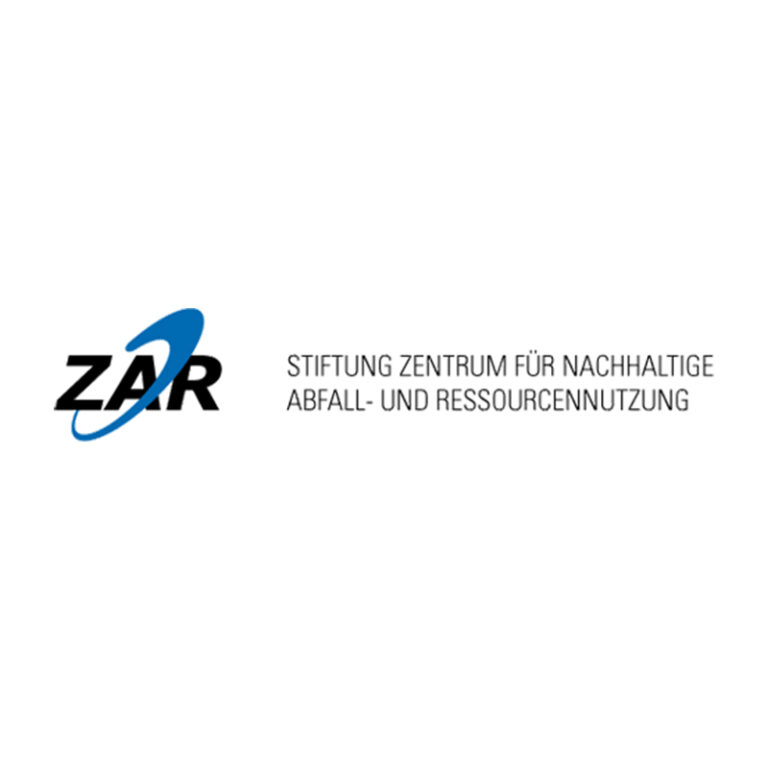

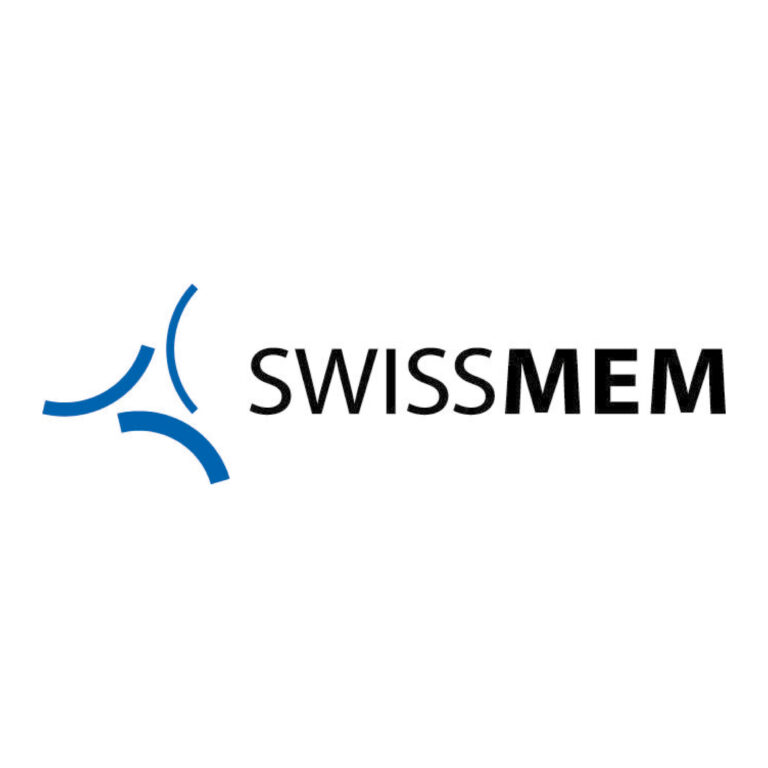
Let us advise you free of charge.
In a free personal discussion with our experts, find out how the environmental impact of residue treatment can be reduced thanks to special processes and technologies.
